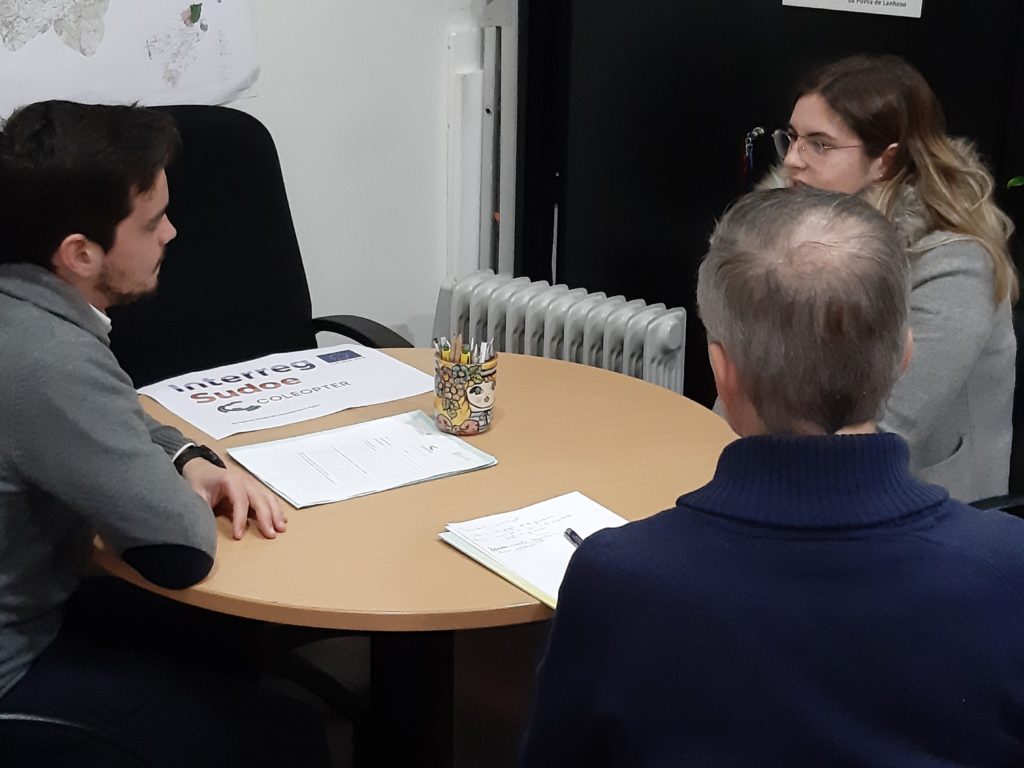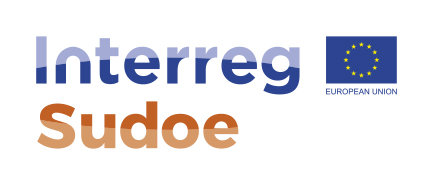During the past two months or so, the world has changed drastically. The threat of the coronavirus forced us to take harsh measures to change our way of living, it has forced our governments to lock downs European countries in a way that had never been experienced before. At the local level, the shock was hard to take, especially for elders and all the workers in the front line. But lots of good also came out of this crisis. We contacted Mayors of RURENER to tell us about the actions that they have been implementing to make local life a bit easier. We invite you to take a look at the page “Faces of Resilience” where you will find these testimonies.
Continue readingNon classé
Together against COVID19
The sanitary crisis impulsed by the COVID-19 pandemic has seriously hurt Europeans, institutions and businesses. This is a tough time that we have to endure together, expressing our solidarity to the people going out there to work, save lives, ensure we do not lack food or supplies, to the people sick and those who lost a relative due to the virus. This is a tough time that we will overcome together, and we must use it as a lesson to build a better society, a fairer society, and a society more respectful of the planet.

Building territorial dialogue in COLEOPTER

The COLEOPTER project started last October and we are now starting to build the territorial dialogue processes in our three experimentation territories. The first step consists of identifying the interest groups around each demonstrator buildings to conduct first interviews. The interviews aim at understanding the needs of the interest groups and how they want to be involved in the dialogue. This will allow to set the dialogue process, including the number of meetings, times and places. The interviews are on in Povoa de Lanhoso (Portugal)!
Continue readingHighlights on 2019
Check-out the highlights of 2019 for RURENER!
We are looking for a service provider!
The COLEOPTER project has just started and we are looking for a service provider to help us build the dialogue process within the COLEOPTER approach on our three experimentation sites.
If you have an expertise in territorial dialogue around environmental challenges and would like to be part of the COLEOPTER adventure, take a look at the specifications for the service here. Deadline for applications is on December 1st 2019.
We are looking forward to work with you!

